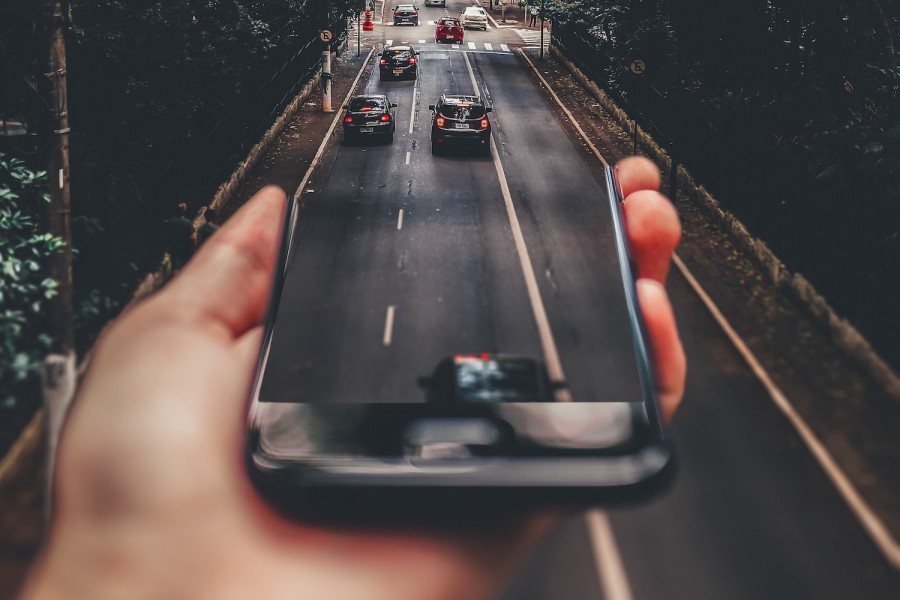A flood of driverless cars could cause urban gridlock and drive up CO2 emissions by as much as 40 per cent. That's the claim of environmental think-tank and lobbying group Transport & Environment (T&E).
40 per cent increase in emissions
According to T&E's research, an 'unregulated' increase in the number of driverless cars could trigger traffic growth in city centres of between 50 per cent and 150 per cent, triggering urban gridlock. Such an increase could also, by 2050, increase CO2 emissions from vehicles by 40 per cent, effectively wiping out efforts to reduce emissions.
T&E is concerned that autonomous cars could become so cheap to use that they will trigger a massive growth in traffic and a move away from public transports. The organisation is calling on the EU to ban any autonomous car with a combustion engine from entering a city centre.
Cities should reduce the available space for cars
The group is also calling for cities to progressively reduce the available street space for cars in general, to avoid the effect of pulling people away from public transport, walking, and cycling and towards autonomous vehicles.
Yoann Le Petit, new mobility expert at T&E, said: "Automation, electrification and sharing are three revolutions that can transform the way we move around. But whether this will be a good thing for the environment or for the livability of our cities depends entirely on the choices governments make. If we want sustainable mobility we need to ban driverless cars with combustion engines and gradually reduce road space for cars in our cities. We need mayors across Europe to press on with this fourth revolution and reclaim the streets for their people."
T&E is concerned that one of the key drivers of autonomy is not emissions reduction, but good old corporate greed. It cites the model Uber, which if it introduces its planned autonomous fleet, could vastly increase the number of single-occupancy vehicle journeys being made, driving up both congestion and pollution.
All taxis should be zero emissions
"The business model of companies like Uber relies upon rapid growth and automation is one of the biggest ways they plan to expand. Whether this increases emissions or congestion is of no real concern to them. Still, we believe that if managed well ride hailing services can play a role in reducing car dependency and improving urban mobility. But this requires regulators to do their job. We urgently need policies to ensure all taxi and uber-type vehicles operating in large cities are zero emissions no later than 2025, with incentives for shared rides, and a gradual reduction in parking slots available for private cars," said Le Petit.

